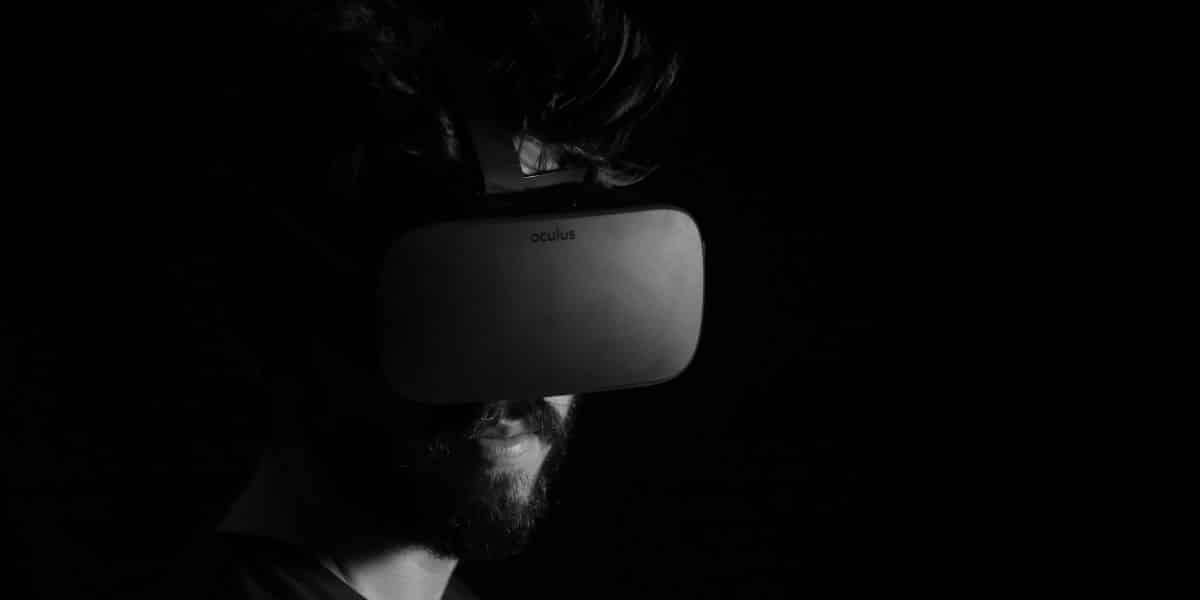Image Commercially Licensed from: Unsplash
Virtual Reality (VR) was introduced to us through science fiction films like Minority Report. However, at present, this technology has wholly blended into our daily lives. Virtual reality is indispensable to video games, medicine, education, and businesses. Its omnipresence in modern lifestyle proves this technology has existed for many more decades.
Virtual Reality (VR) is a computer-generated environment with natural scenes and objects. This virtual universe immerses the user/viewer in their surroundings as part of the virtual world. This environment is experienced through a device known as a Virtual Reality headset or helmet. VR makes video games immersive, as if we are one of the characters, demonstrates the process of heart surgery through audio-visual presentation, and aims to improve the quality of sports training to maximize performance.
Despite being a technology that originated decades ago, many people still need to familiarize themselves with Virtual Reality. The main difference that exists between virtual and augmented reality is that VR builds a world where we immerse ourselves through a specific headset. Everything we see is part of an environment artificially constructed through images, sounds, etc. In augmented reality (AR), our world becomes the framework within which objects, images, or similar are placed. Everything we see is in a natural environment, and wearing a headset may not be strictly necessary.
VR is already transforming the world of education and training. For example, some VR training programs use computer graphics and 360-degree video to submerge people in an enviorment where they have to complete tasks like housekeeping, room service, and front desk operations. VR is also a part of modern classrooms allowing teachers to take studens on realistic field trips, or immersive history simulations, art lessons, and biology adventures without even needing to leave the classroom.
VR is also bringing Augmented reality to your home. An example is attending an event or conference from the comfort of your couch. VRChat is also an exciting new social platform that lets users hang out and talk to each other each other while using 3D lip-synced avatars.
VR has also impacted the medical community in terms of diagnoses and treatments. Currently, VR is being used to detect glaucoma, schizophrenia, and Alzheimer’s disease. It has also emerged as a valuable tool for treating PTSD and other anxiety disorders, dementia, and autism. VR can even help people complete physical rehabilitation after an illness or injury.
Hotels use VR as a marketing tool by creating immersive experiences that lure new visitors. Visitors can go on excursions worldwide to some of the most breathtaking places across the globe.
At present, VR media is disrupting the metaverse world. The metaverse is a unified, persistent digital environment where users can work and play together. Virtual reality has become the backbone of the metaverse because it focuses on creating ever more sophisticated immersive experiences.
In the coming years, virtual reality will likely touch every facet of our lives and will likely become an everyday occurrence for people in certain industries. We must stay updated on the latest developments and innovations in VR news to follow the trend. Among all the platforms that allow a peep into the evolution of VR, VRTodayMagazine stands out for its comprehensive approach to providing information on virtual reality, VR games, and technology. It is a go-to website for all things VR, from games to the latest technological breakthroughs.
As technology continues to evolve, there’s a good chance that new advancements will be introduced to further fortify the position of VR in the modern lifestyle. In a world rapidly transforming through the lenses of virtual reality, the possibilities are boundless, and the impact on our lives will always be immeasurable.
Published By: Aize Perez

















